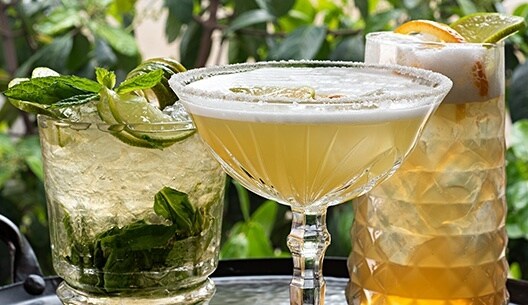
Learn about traditional herbal liqueurs

Becherovka Original Herbal Liqueur
This traditional Bohemian herbal liqueur has a delicate flavor of more than twenty different herbs and spices.
Buy Becherovka Original online
Jägermeister
Matured for a year in oak barrels, it’s typically known for the bitter spicy taste and strong aroma of herbs.
Buy Jägermeister online
Fernet Stock Original
Adding gentian root, centaury or orange peel gives it a strong bitter taste.
Buy Fernet Stock Original

Aperol
Let yourself be enchanted by the bold, slightly bitter flavor with fruity orange and rhubarb tones.
Buy Aperol online
Becherovka Lemond
The golden color and fresh fragrance of this traditional liqueur is softened with tones of oranges, citrus and tea.
Buy Becherovka Lemond online
Miniature encyclopedia of herbal liqueurs: Where they come from and how to drink them
Did you know that...
How do you serve herbal liqueurs? Either alone or in a cocktail
Herbal liqueur cocktails: Try these three tips for guaranteeing good mixed drinks

Aperol Spritz
Mix 20 ml of sparkling water, 60 ml of Prosecco and 40 ml of Aperol for a light refreshing drink. Garnish with orange slices and add ice.

Jägerbomba
Put 50 ml of Jägermeister into a Collins glass and add 12 ml of Red Bull or another energy drink. You can add ice before serving.

Bavarian
Fill a Collins glass with ice, add 150 ml of tonic water and add 40 ml of Fernet Stock Original. Top it with a slice of lemon.
Something interesting to entertain friends and family
The most popular herbal liqueurs among our customers

Becherovka Original Herbal Liqueur
This traditional Bohemian herbal liqueur has a delicate flavor of more than twenty different herbs and spices.
Buy Becherovka Original online
Fernet Stock
Adding gentian root, centaury or orange peel gives it a strong bitter taste.
Buy Fernet Stock Original
Jägermeister
Matured for a year in oak barrels, it’s typically known for the bitter spicy taste and strong aroma of herbs.
Buy Jägermeister online








